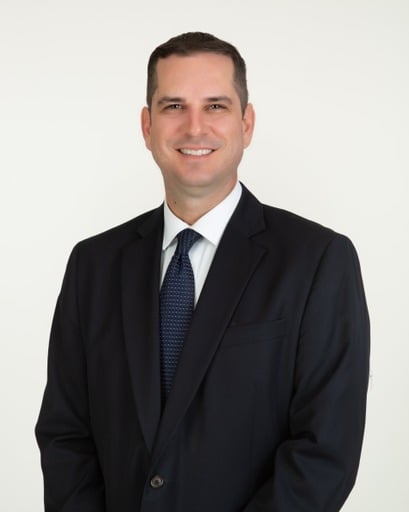Building a Diversified Investment Portfolio: Balancing Risk and Reward

Contents
Investing can be complex, but one principle that stands the test of time is diversification. Diversification involves spreading your investments across various types of assets in different classes, industries, and geographies. It is so important that Nobel Prize laureate Harry Markowitz, who is the founder of the Modern Portfolio Theory published in 1952, once said, “Diversification is the only free lunch” in investing.
The goal of diversification is to create a mix that reduces the impact of any one investment’s poor performance on your overall portfolio. By holding a variety of assets, you can improve your chances of achieving more stable and consistent returns over time and reduce the risk of loss
There are many theories on how to truly be diversified, and it is always best to collaborate with financial experts to ensure it is done properly.
Balancing Risk and Time Horizon
It’s important to balance your comfort level with risk against your time horizon. If your retirement investment is too conservative when you are young, you risk your investments not keeping pace with inflation or growing sufficiently for retirement. Conversely, investing too aggressively as you approach retirement can expose your investments to market volatility, potentially eroding your assets when you have fewer opportunities to recover from losses.
The Core Components of a Diversified Portfolio
A diversified mix is crucial to balance risk and reward within your investment portfolio. This strategy involves spreading your investments across several asset classes, such as:
Stocks:
- Role: The most aggressive portion of a portfolio, stocks historically offer a higher return.
- Risk: Stocks have higher volatility and potential for short-term losses.
Bonds:
- Role: Bonds generate regular interest income and can provide a cushion when you need funds, and the stock market is down.
- Risk: Bond risk is generally lower than stocks but be aware of other types of bonds, like high-yield and international bonds, which can carry more risk.
Cash or Cash Like Investments:
- Role: Savings accounts, money market funds and short-term CDs offer stability and easy access to money.
- Risk: This type of investment offers lower returns compared to bonds and stocks. Beware - not all money market funds are the same, as some are not FDIC insured.
Additional Components to Consider for Enhanced Diversification:
- Sector Funds: Sector funds, available as mutual funds or ETFs, invest in one type of industry or sector, leading to higher volatility due to their lack of diversification.
- Commodities: Commodities invest in industries like oil, gas, gold, and natural resources to hedge against inflation.
- Real Estate Trust Funds: Real estate investment trusts (REITs) are entities holding portfolios of commercial real estate or real estate loans, combining the best features of real estate and stock investments.
- Private Equity: Private equity investments are made in companies that are not publicly traded.
Tips for Diversifying Your Portfolio
- Spread the Wealth: Avoid concentrating all your investments in one stock or sector. Keep your mix of investments broad and inclusive of many options.
- Consider Indexed Bond Funds: Index funds and fixed-income funds offer broad market exposure and lower fees, adding stability to your portfolio.
- Keep Building Your Portfolio: Regularly add to your investments whether the market is “up” or “down” using strategies like dollar-cost averaging to smooth out market volatility.
- Rebalance: Stay informed about how your portfolio naturally changes over time due to gains or losses and adjust your portfolio so it does not get too risky.
- Watch Commissions: Be mindful of advisor and fund fees that erode your returns.
The Bottom Line
Investing should be approached with a disciplined strategy that includes diversification, buy-and-hold, and dollar-cost averaging techniques. By following these principles, you can build a resilient portfolio capable of weathering market storms and achieving long-term financial goals.
Reach out to the Crews Financial Services team for a free review of your portfolio to see if your portfolio is balanced for success.
About the Author

Samuel A. Kiburz, Senior Vice President, Chief Investment Officer
Samuel serves as Senior Vice President, Chief Investment Officer for the Crews family of banks. He manages the individual investment holdings of his clients, including individuals, families, foundations, and institutions throughout the State of Florida. Samuel has been involved in banking since 1996 and has more than 20 years experience working in wealth management.
Investments are not a deposit or other obligation of, or guaranteed by, the bank, are not FDIC insured, not insured by any federal government agency, and are subject to investment risks, including possible loss of principal.

